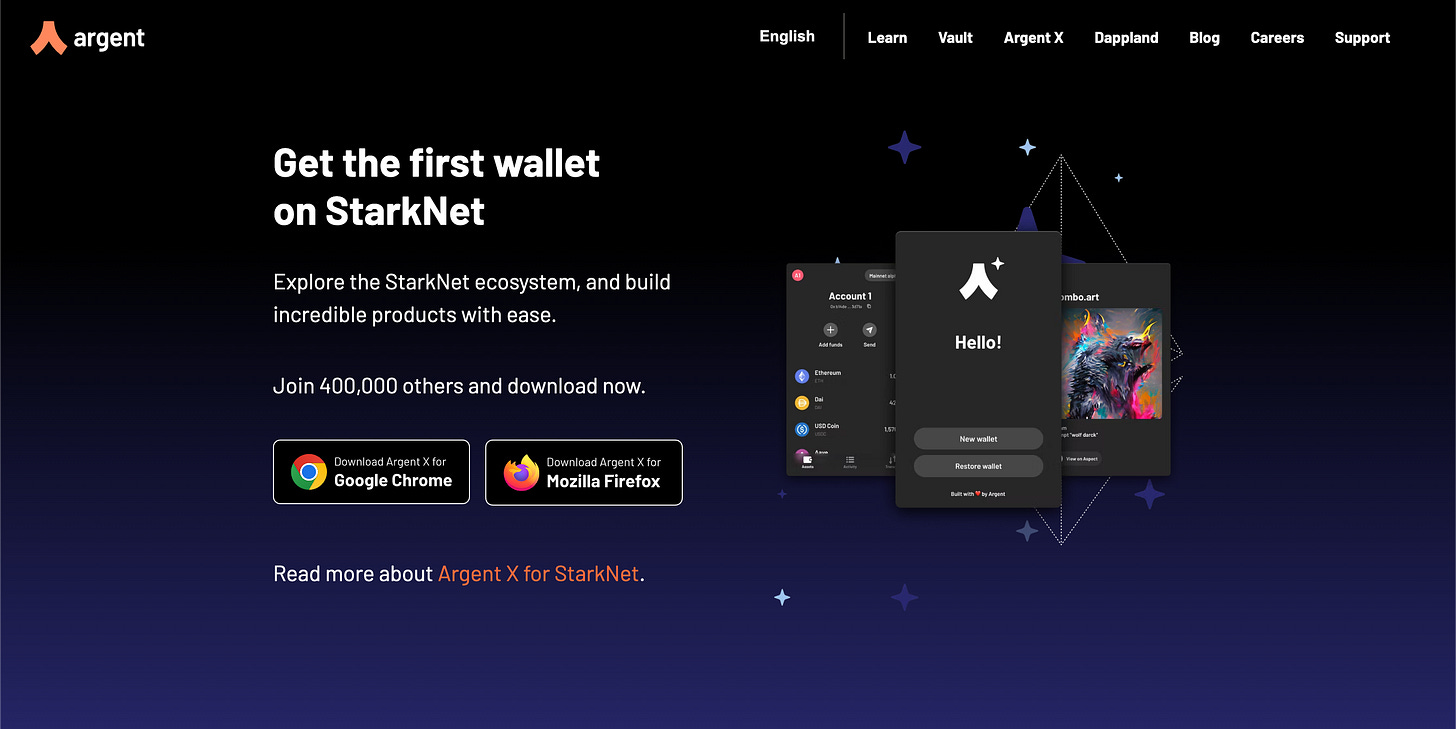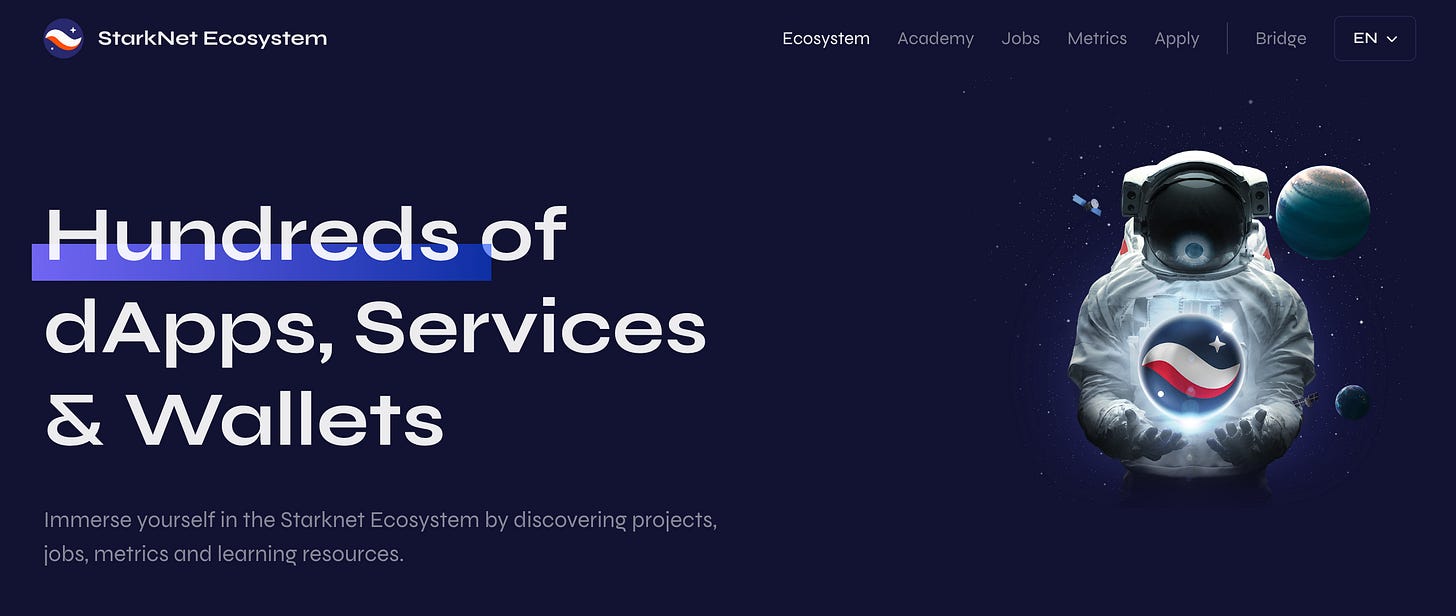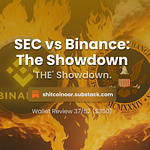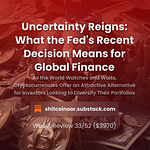On April 12th, the Ethereum blockchain is expected to undergo its highly anticipated Shanghai upgrade, known as “Shapella”. This upgrade promises to automatically unlock ETH rewards for validators, but for those who stake their ETH via staking services or decentralized staking pools, it will be up to their providers to determine when to release the rewards.
However, April 12th is not only significant for the crypto world, but also for the macro world as the US Bureau of Labor Statistics is set to release the Consumer Price Index (CPI) print on the same day. The CPI print is one of the most important economic indicators as it measures inflation, a key factor influencing monetary policy decisions. With both the Ethereum upgrade and the CPI print happening on the same day, April 12th could prove to be a critical day for both the crypto and macro markets.
📟 Disclaimer
I am not a financial advisor, and nothing I say in this substack is financial advice.
This is all educational content you can use as a starting off point for your own research initiatives. I’m just another random individual who started a substack ‘cause I think I have something to share with you all’. 🤷
That said, if you’d like to know a bit about me and are wondering why you should listen to me, read this intro post I wrote 🙌
👛 Wallet Summary
This wallet review is a recurring post. The aim is to post an official update every Monday and see how far I can grow this little stash by week 52.
As of April 10th, 09:00 UTC this tiny stash of mine sits at a modest value of $3876 USD, dubbed week 29 closing balance & week 30 opening balance.
Week Zero(0) Opening Balance Was: $450
⛑️ Upcoming Catalysts - April 12th
📊 Consumer Price Index Print - Aka Inflation Data
The latest estimates for U.S. inflation and what they could mean for the future of interest rates. According to recent data, inflation in the U.S. is not decreasing as quickly as many had hoped, with a little over a 5% annual rate of inflation and an estimated month-on-month rise in prices of 0.3%.
Core inflation, without food and energy prices, is estimated to be 0.45% month-on-month, raising concerns for the future.
Housing costs are a significant factor in the inflation calculation, and February's report showed that shelter costs had risen over 8% year-on-year.
The Fed won't meet to set interest rates until May 3, so the March inflation numbers won't be decisive in informing their view.
If inflation remains strong, it could encourage the Fed to consider a 0.25-percentage-point hike in May, but there are signs that parts of the economy are weakening.
For example, the housing market on the West Coast is a cause for concern, and recent data suggests that the job market may be starting to change.
These factors may lead the Fed to be less aggressive with rates in the face of other economic risks beyond inflation.
🍴 ETH Shanghai Upgrade/Fork
The Ethereum blockchain's Shanghai upgrade, also known as "Shapella," is approaching, and stakers may be wondering when they can access their rewards. However, the timing of accessing rewards may depend on how stakers have staked their ether (ETH).
If you are a solo staker or run your own validator, there are two ways to access staked ETH withdrawals: partial and full withdrawals. Partial withdrawals are excess profits that can be withdrawn immediately after 32 ETH, or earned rewards.
However, partial withdrawals will depend on the number of withdrawal requests that need to be processed, and the queue could take hours.
Full withdrawals, on the other hand, are when you remove the entire balance, including the 32 ETH, from the blockchain.
Full withdrawals won't happen automatically, and validators need to send a message to the blockchain to add themselves to the exit queue.
If you are with a decentralized pool or staking service, you need to check with your providers on the timeline for staked ETH withdrawals.
Coinbase, which runs a staking service, will process withdrawal requests about 24 hours after Shapella is complete.
Lido, the largest liquid staking protocol, shared that its users who hold stETH won't be able to retrieve their ETH until the protocol goes through an upgrade in mid-May.
Rocketpool disclosed that users can redeem their withdrawals following the protocol's Atlas upgrade. (Around April 18th).
So, if you're staking ETH, make sure to check with your providers on the timeline for staked ETH withdrawals.
📟 Airdrop Alert & Portfolio Activity Review
With the successful completion of the Arbitrum airdrop, we are now shifting our attention to upcoming airdrops for StarkNet, zkSync, Layer Zero, and Sui Network.
Today, we will focus on StarkNet and zkSync and provide guidance on the steps you should take to increase your chances of being eligible for their airdrops.
Let’s begin with Starknet:
To start with Starknet, you'll first need to have a wallet that supports the ecosystem. In my experience, the most user-friendly and streamlined wallet is Argent, so that's what we'll be using for this guide.
If you have experience with another wallet that works better for accessing the Starknet ecosystem, feel free to use it.
Don't forget to drop your suggestions in the comments, as I would love to hear what other options are out there. Once your wallet is set up, the next step is to visit: https://starkgate.starknet.io/
Unfortunately, you'll need to have funds on the Ethereum mainnet to bridge over to Starknet. Keep in mind that gas fees may be slightly higher, but if you plan and time it around periods of low network activity, you may not end up paying too much.
Once you've successfully bridged over funds, navigate to the top navigation bar and click on 'Discover Apps'.
Once you click on "Discover Apps", you'll be directed to a page featuring a list of projects that have already deployed on Starknet.
To find out how you can potentially qualify for the upcoming Starknet Airdrop, check out the Twitter post I've linked to in this article. It outlines some activities you can perform to boost your chances of being eligible for the airdrop.
Now, Let’s take a look at zkSync
Unlike Starknet, the process for zkSync is a bit more streamlined, as you won't need a new wallet. However, you will need to bridge funds over to zkSync.
You can do this via their dedicated bridge or choose a cheaper route through an L2 like Arbitrum using multichain and send funds directly to zkSync.
As an example, I sold 350 more ARB tokens to use that capital to experiment with zkSync.
Here's a screenshot of all the protocols I've started experimenting with and allocated some liquidity to on zkSync:
I'll likely leave the remaining ARB tokens in my wallet and won't trade/sell them anytime soon, regardless of the DAO FUD we've seen surface recently.
As you can see above, I have some liquidity on Mute.io, SyncSwap, Velocore, and Onchain trade. Click on the hyperlinks to access these protocols or visit my wallet on Debank to access them directly from there.
That's all for now. I hope you enjoyed this review and found it insightful. Don't forget to stay tuned for more updates on the crypto and finance world, and as always, stay curious and stay hungry for knowledge.
🪤 Outro
Of course, it goes without saying but bears repeating that nothing I say or share here is financial advice. I’m just another random individual starting a substack ‘cause I think I have something to share with you all’. 🤷
Also, like many individuals who are doing this for a living I also am a humble penniless fool. So, if you are a kind, bountiful, and gifted individual who has benefited from this S#!t Postery and wish to buy this S#!t Poster of yours a coffee, Some drip money would definitely be appreciated and will help to keep my fingers going on this mechanical keyboard of mine.






















Share this post